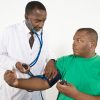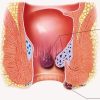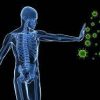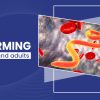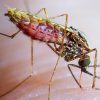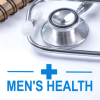- Empty cart.
- Continue Shopping
How to Perform a Self-Breast Exam
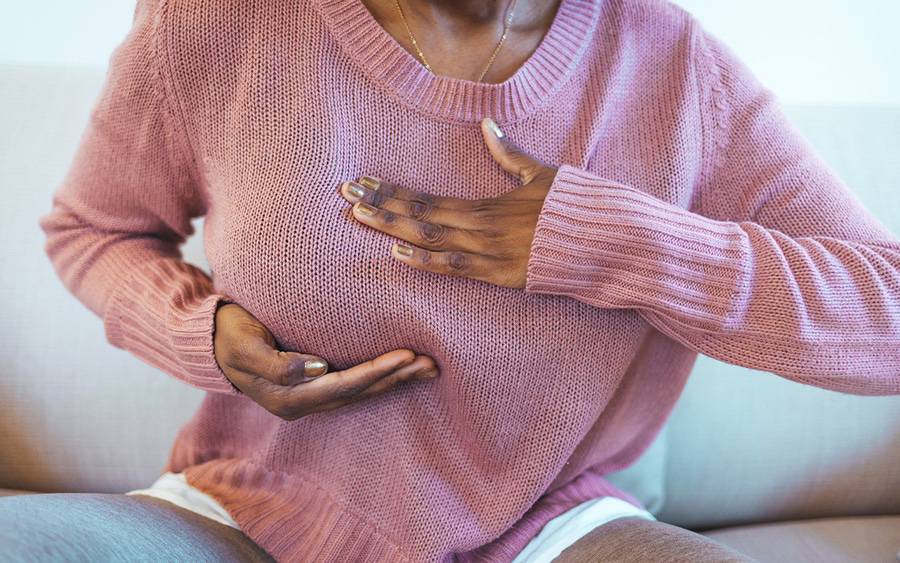
Breast cancer is one of the most prevalent cancers affecting women worldwide, but early detection can significantly improve outcomes. A self-breast exam is a simple yet essential tool for women to monitor their breast health and detect any abnormalities. While it’s not a replacement for regular mammograms or clinical breast exams, a monthly self-breast exam can help women become familiar with their breast tissue and identify changes that may require medical attention.
Preparation
Choose the Right Time
Perform your self-breast exam at a time when your breasts are least likely to be swollen or tender. For most women, this is typically a few days after their menstrual period ends. If you no longer have a menstrual cycle, choose a specific day of the month to perform the exam, such as the first day of each month.
Gather Supplies
You don’t need any special equipment for a self-breast exam, but having a few items on hand can make the process more comfortable. You may want a mirror, a towel or cushion to place under one shoulder, and a hand lotion or body oil for smoother, more comfortable palpation.
Visual Examination
Stand in Front of a Mirror
Begin by standing in front of a mirror with your shoulders straight and your arms at your sides. Examine your breasts visually, looking for any changes in size, shape, or symmetry. Pay attention to any visible dimpling, puckering, or changes in the skin texture.
Check for Nipple Changes
Next, examine your nipples. Look for any signs of inversion (turning inward), discharge (other than breast milk in nursing mothers), or scaling and redness of the nipple or areola.
Physical Examination
Lying Down
Performing a self-breast exam while lying down allows your breast tissue to spread evenly over your chest, making it easier to detect abnormalities.
- Lie down on your back with a pillow or towel under your right shoulder. Place your right arm behind your head.
- Using the three middle fingers of your left hand, start at the outer edge of your right breast.
- Press firmly but gently in small circular motions, moving inwards towards the nipple. Cover the entire breast and follow a systematic pattern.
Sitting or Standing
Performing a self-breast exam while sitting or standing can help you detect changes that may not be apparent when lying down.
- Raise your right arm and place your hand behind your head.
- Use the flat part of your left hand’s fingers and palm to press firmly but gently on your right breast.
- Examine the entire breast using small circular motions, making sure to cover all areas, including the armpit.
Nipple Examination
Gently squeeze each nipple to check for any discharge. Note that milky discharge can be normal, especially in nursing mothers. However, any bloody or clear discharge should be reported to your healthcare provider.
Repeat for the Left Breast
After completing the examination of your right breast, switch to your left breast and follow the same steps.
Note Any Changes
If you notice any of the following changes during your self-breast exam, contact your healthcare provider:
- A lump or thickening in the breast or underarm
- Changes in breast size, shape, or contour
- Unexplained redness or swelling
- Skin changes, such as dimpling or puckering
- Nipple discharge (other than breast milk)
- Nipple inversion or changes in appearance
- Persistent breast pain or discomfort
Conclusion
A monthly self-breast exam is a valuable practice for women to become familiar with their breast tissue and detect any changes early. While most breast lumps are not cancerous, it’s crucial to promptly report any abnormalities to your healthcare provider for a thorough evaluation. Remember that self-breast exams should be part of a comprehensive breast health strategy, including regular clinical breast exams and mammograms as recommended by your healthcare provider. By taking an active role in monitoring your breast health, you empower yourself with knowledge and early detection, which are essential in the fight against breast cancer.



